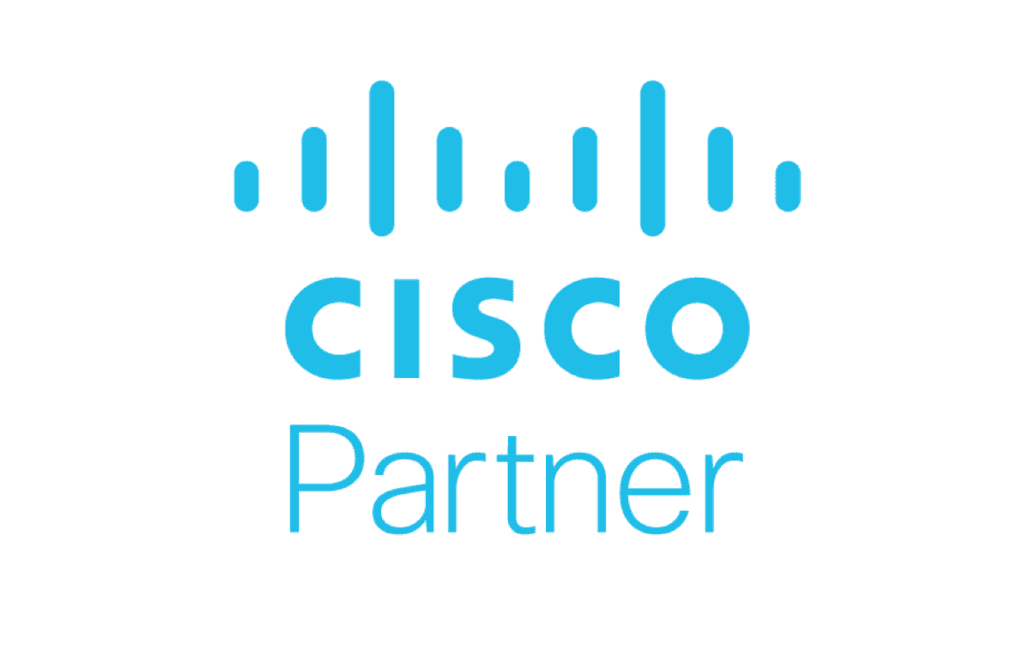Unified Communications (UC) systems are the backbone of enterprise communication and collaboration. As organizations transition from legacy infrastructure to modern platforms like Cisco Webex Calling, the process of migrating UC systems can quickly become a costly, resource-heavy endeavor.
Manual UC migrations involve hours of IT labor, multiple steps of data validation, configuration, and provisioning. Each of these steps is vulnerable to human error and miscommunication between teams. Enterprises must often rely on highly skilled (and expensive) engineers to manage manual UC tasks, stretching timelines and bloating migration budgets.
Manual methods also require extensive documentation, customized scripts, spreadsheets, and hours of testing. These delays can impact productivity, introduce risk, and reduce user confidence. In multi-site or global environments, the manual approach becomes increasingly unsustainable.
The consequences of manual UC migration include:
- Increased labor costs
- Long project durations
- High risk of user disruption
- Duplicate work during phased rollouts
- Limited visibility and auditability
In a competitive environment where speed, efficiency, and cost control are key, automation becomes not just an option, but a necessity.
Key Cost-Saving Benefits of Automation in UC Projects
Automating UC migration processes eliminates many of the inefficiencies associated with manual work. Enterprises that use UC automation management tools report measurable savings in both time and money.
Here’s how automation reduces costs and improves outcomes:
- Eliminates Repetitive Tasks: Automation platforms handle user provisioning, dial plan mapping, license assignments, and device configurations at scale, freeing IT teams from performing these tasks manually.
- Minimizes Human Error: By replacing manual data entry with repeatable logic, automation ensures consistent, accurate results. This reduces troubleshooting time, improves user satisfaction, and lowers the risk of misconfigurations.
- Accelerates Migration Timelines: Automated UC migration tools can process thousands of users and devices in minutes. This drastically shortens rollout timelines, allowing enterprises to realize ROI faster.
- Streamlines Resource Allocation: IT teams can shift focus from tedious provisioning to strategic initiatives like user training, change management, or security optimization.
- Improves Governance and Auditing: Automated systems provide clear, auditable logs of every migration step. This not only boosts compliance but gives visibility into performance and potential issues.
- Reduces Infrastructure Waste: Automated migration helps identify redundant users, devices, and licenses, allowing organizations to optimize their UC environment.
Common Misconceptions About Automated Migration
Despite its advantages, many IT leaders hesitate to adopt UC automation due to outdated perceptions. Let’s dispel a few common myths:
Myth 1: Automation is only for large enterprises. Truth: UC automation benefits businesses of all sizes. Even small to mid-size organizations experience significant time and cost savings.
Myth 2: Automation can’t handle complex UC environments. Truth: Modern automation tools are built to manage diverse UC architectures, from on-prem to cloud, hybrid, multi-vendor, and multi-site scenarios.
Myth 3: Automation sacrifices customization. Truth: Many automation platforms allow for configuration templates, rules-based logic, and integrations with identity providers, CRMs, and other tools.
Myth 4: It’s difficult to implement. Truth: Today’s solutions offer intuitive interfaces, prebuilt workflows, and easy integrations that reduce time-to-value.
How Tuki Supports Automated UC Migration at Scale
Tuki offers a purpose-built platform for automated UC migration that supports the full migration lifecycle, from discovery to post-migration optimization.
Key Features of Tuki:
- Live Sync with UC Systems: Tuki doesn’t require a separate database; it syncs directly with your UC environment in real time.
- Selective Migration: Migrate only the necessary users, devices, and data, preserving what’s needed and leaving the rest.
- Multi-Environment Support: Migrate from on-prem UC systems to cloud platforms like Webex Calling (both Multi-Tenant and Dedicated Instance).
- Automation-First Design: Bulk provisioning, smart validations, templated configurations, and dynamic rule logic simplify even the most complex transitions.
- Zero Downtime Rollouts: Execute phased migrations without user disruption.
- Audit-Ready Logs: Track every action with detailed, exportable logs for compliance and performance.
By choosing Tuki, businesses eliminate the traditional trade-offs of cost vs. complexity. Instead, they gain speed, reliability, and a scalable UC migration framework built for the modern era.
FAQs
What is automated UC migration?
Automated UC migration uses purpose-built tools to streamline the process of moving users, devices, and settings from legacy UC platforms to modern cloud or hybrid environments. It replaces manual configuration with intelligent workflows and real-time syncing.
How does automated migration reduce labor costs?
By eliminating repetitive manual tasks like user provisioning, number assignment, and device setup, automation reduces the need for large, specialized IT teams. This translates into lower project labor costs and higher productivity.
Can automation help avoid user disruption during migration?
Yes. Automated tools like Tuki enable phased, low-risk migrations with pre-validation, rollback capabilities, and real-time cutovers, ensuring that end users remain unaffected.
What types of UC systems can be migrated automatically?
Tuki and similar platforms support a range of UC systems, including Cisco CUCM, Webex Calling (Multi-Tenant and Dedicated), SIP-based solutions, and hybrid environments. Automation works across on-prem, cloud, and mixed architectures.









